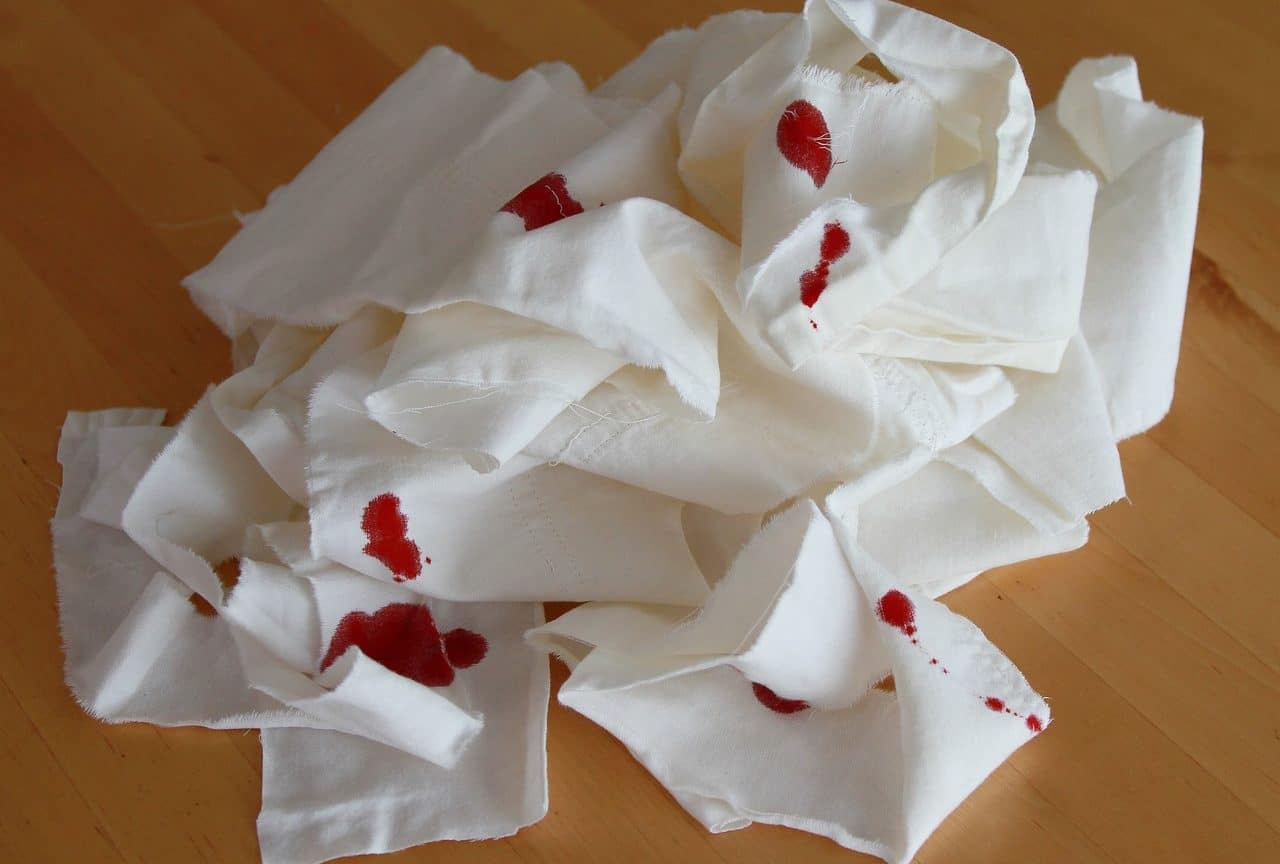
Pathological residues are those that can cause infection.
Pathological waste is potentially infectious waste. These are, therefore, wastes capable of producing an infectious disease in the body.
It should be noted that waste is garbage or remains that are of no use. Pathological , for its part, is an adjective that is linked to a pathology (the group of symptoms that characterize a disease or the specialty of medicine focused on the analysis of diseases).
Characteristics of pathological waste
Pathological waste harbors pathogenic microorganisms that, when they come into contact with a potential host (such as a human being ), can infect them and cause disease.
Also known as pathogenic waste , this waste is usually generated in the hospital setting. The gloves used by nurses, the syringes used to administer vaccines, gauze stained with blood and even the remains of organs are pathological waste.

Used syringes constitute pathological waste.
Your treatment
Due to their characteristics, pathological waste implies a health risk; That is why they must be treated with special care . This waste cannot be thrown into a landfill like other types of waste, as it could cause infection .
There are various types of treatment for pathological waste. Depending on its characteristics, the use of microwaves , disinfection with chemical products or incineration can be used. In any case, before final disposal, pathological waste must be stored in special bags and containers to avoid contamination . In fact, the management of this waste is usually regulated by particular regulations and laws.
Handling of pathological waste
Within the facilities in which a certain pathological waste is generated, its transport must be adequately regulated, as well as its handling, to prevent workers from being exposed to pathogenic agents. It is important to note that risks exist in each of the phases of waste management : from unloading and collection, to its transfer within the building, its storage and the subsequent treatment it receives locally, without leaving aside the eventual transportation abroad.
Some of the risks involved in handling pathological waste are: exposure to pathogens through ingestion (for example, if someone who has come into contact with them does not wash their hands properly before eating or smoking) or from inhalation (in case of treating with aerosols or powders); skin wounds, such as a cut or puncture.
Some tips to minimize risks
Broadly speaking, it is advisable to follow the following tips to ensure that these risks are minimized:
- Pack pathological waste appropriately and carefully.
- Protect the packaging and the medium in which it is transported from potential damage that puts the waste in contact with the outside.
- Avoid any type of contact with the body, for which it is possible to use gloves, masks, aprons and glasses, among other elements specifically designed to protect us from pathogens of this type.
- Organize the manipulation in such a way that it is condensed into the fewest sessions and time possible .
- Similar to the previous point, assign this task to the smallest number of people possible.
- Have security measures and personnel to deal with emergency cases , such as hazardous material spills or accidents.
It is important to note that the handling of pathological waste is an extremely delicate task, which is why the quality of the materials used for this purpose should never be skimped on, nor the rigidity of the safety measures. A very common error, which usually leads to various accidents, is the use of inappropriate containers and containers, either because they were not designed for the type of waste to be treated or because they do not meet the minimum quality and resistance requirements.
